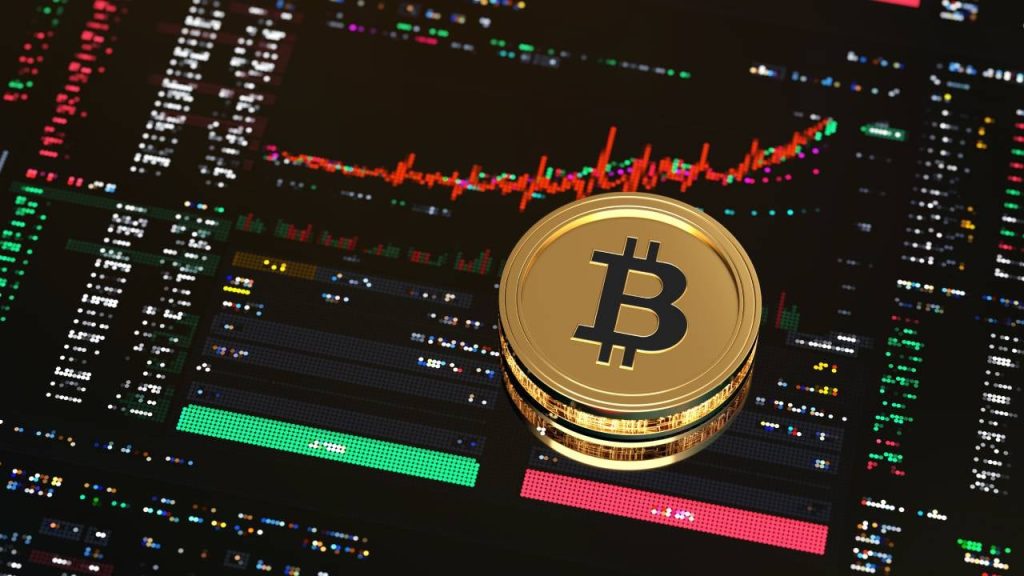Tokenomics is a word that gets thrown around a lot in the cryptocurrency world. But what exactly is it? It’s one of the most powerful forces shaping the price appreciation of a cryptocurrency, and it’s vital to know a crypto’s tokenomics before you even consider putting money in a crypto coin.
Here’s what you need to know about tokenomics and why it’s a key driver of a coin’s price.
What is tokenomics?
Tokenomics is a portmanteau of the words token and economics, and it’s used to describe how a cryptocurrency is managed. Tokenomics includes all facets of the economic side of how a crypto coin is managed, rather than the technical or operational side of the equation.
So a crypto’s tokenomics includes such things as:
- How many total coins will be issued, such as through Bitcoin mining
- How fast coins will be issued
- Whether any coins will be purposely destroyed or “burned”
- How much a coin’s staking rewards will be
- How other factors play into the supply of a coin
Each of these items concerns the supply of the cryptocurrency, particularly how fast new coins enter circulation and whether coins will be taken out of circulation, perhaps by using them to pay for services in the coin’s economy. Tokenomics is one of the key things highlighted by issuers of memecoins when they’re seeking to raise money for a hot new memecoin.
The original cryptocurrency — Bitcoin — has some of the most well-known tokenomics, including its total issuance being limited to 21 million coins. Bitcoin’s currency management is much different from that of Ethereum and Dogecoin, two other popular cryptocurrencies.
Why is tokenomics important to a cryptocurrency’s price?
A coin’s tokenomics is key to its potential future value, because a coin’s supply is closely watched by potential traders. Traders want to know if the coin’s issuers are prepared to print Monopoly money or whether they’re going to be more careful about how they issue coins. Coins with a lower rate of issuance may be more attractive than those with a higher issuance rate.
But that’s only one side of the coin. Cryptocurrencies can also take supply out of circulation by “burning” coins, perhaps when owners use the currency for something. By reducing supply, a coin’s issuer may help support the price and give confidence to traders. By managing supply, a coin issuer can turn a cryptocurrency from inflationary to deflationary or vice versa. Whether a cryptocurrency is deflationary or inflationary can be incredibly important to its price.
In an inflationary system, more coins are issued each year than are taken out of circulation. In other words, net issuance is positive. In an inflationary system, the purchasing power of a currency falls over time as more is issued, all else equal. In terms of dollars, that means an inflationary cryptocurrency would tend to fall in price, again all else equal.
It’s just the reverse for a deflationary system. More coins are taken out of circulation than are put into circulation, pushing net issuance into negative territory. In a deflationary system, the purchasing power of a currency rises over time as coins leave the system, all else equal. In terms of dollars, the value of a coin rises in a deflationary system, all else equal.
So cryptocurrencies often want to show that they have deflationary tokenomics to help support the coin price. For example, in 2022 Ethereum undertook the Merge, an action that saw the coin move from a proof-of-work system to a proof-of-stake system. As part of that change, Ethereum sharply reduced its net issuance in a bid to become deflationary. It instituted a mechanism to burn coins as part of transactions, and now its supply is net deflationary, according to many.
In effect, Ethereum’s issuers “rigged” the coin’s tokenomics to support its price, helping the price to rise over time but by no means guaranteeing it.
Everyone may talk about a coin’s deflationary issuance driving up price, but supply is only half the equation, and demand is the critical factor in driving a coin’s price higher. There are many things in short supply that are worthless — the number of glasses in your kitchen cabinet is limited but nobody will pay anything for them, for instance. Limited supply is meaningless in the absence of demand for an object or a cryptocurrency.
Without demand, any cryptocurrency is worthless, since it has no value apart from what people are willing to pay for it. That’s why some 20,000 or more cryptocurrencies exist but only a small handful are actually worth anything at all and nearly all are effectively worthless.
But managing the supply of a popular cryptocurrency — one that already has demand for its coins — can move its price higher (or lower) because it encourages traders to buy. They can purchase with the knowledge that a cryptocurrency won’t be overinflated by the coin’s issuers. That attracts demand, which attracts still more demand, resulting in a virtuous circle.
It’s these psychological dynamics that are so important in manipulating crypto prices. By increasing demand against a relatively fixed or even shrinking supply of coins, prices can rise indefinitely. So part of the process is to increase enthusiasm around deflationary coins.
What are Bitcoin’s tokenomics?
As the first cryptocurrency, Bitcoin’s tokenomics are well studied and are highly deflationary. It famously has just 21 million coins available for mining, and even that limited issuance slows over time, until the total supply is issued around the year 2140. As issuance slows, Bitcoin mining requires more and more energy and expense.
But Bitcoin has other favorable tailwinds for its supply. While 21 million coins is the maximum number of outstanding coins, some estimates suggest that some 3.7 million coins have simply been lost, likely forever. They may have been purchased early in the lifetime of Bitcoin, when coins were cheap and it was a curious novelty. But if Bitcoin owners threw away hard drives that held these coins, they’re likely permanently unavailable and effectively dead. So the real maximum supply is even lower than the potential maximum.
So Bitcoin benefits from ever slower issuance and a capped number of coins on the supply side. But it also benefits from a herding effect as the most popular cryptocurrency, as well as the perception that it’s a scarce resource. On the demand side, Bitcoin analysts keep ratcheting up price targets, driving “Bitcoin fever” ever higher and stoking demand for the coins.
So supply is fixed and demand may continue rising, potentially leading to lollapalooza effects on the price, as it has already for an asset that was created out of thin air. However, if demand dries up for any reason — say, if quantum computing can break the coin’s cryptography and effectively counterfeit coins — Bitcoin’s price could fall to nothing. Again, it’s vital to remember that the only thing supporting Bitcoin’s price is the expectation that someone else will buy it for a higher price.
Bitcoin is backed by nothing by sentiment, unlike stocks, which are backed by the assets and cash flow of an underlying business. So investor beware.
Bottom line
Don’t even think of putting money into a cryptocurrency until you understand its tokenomics, including how many coins it’s issuing and whether coins can be burned. Understanding this key factor can help you determine whether a cryptocurrency may be successful in the future.
Editorial Disclaimer: All investors are advised to conduct their own independent research into investment strategies before making an investment decision. In addition, investors are advised that past investment product performance is no guarantee of future price appreciation.
Read the full article here










